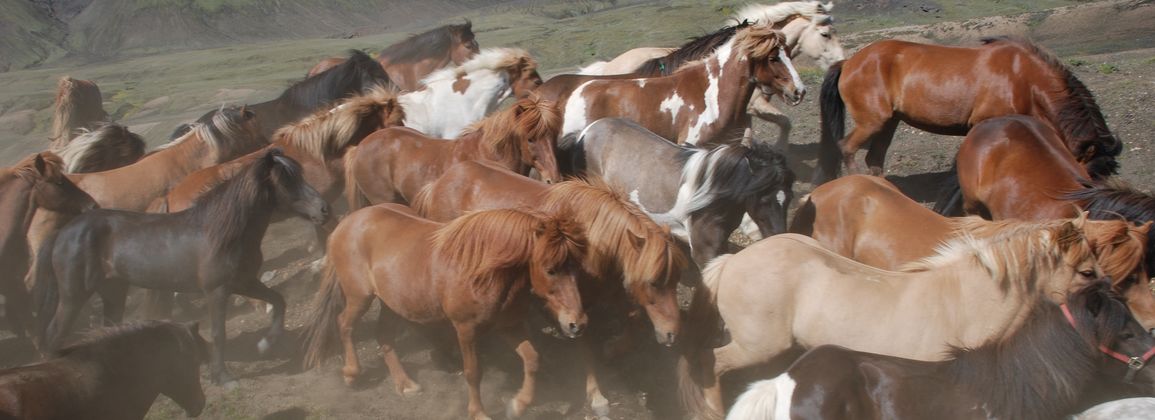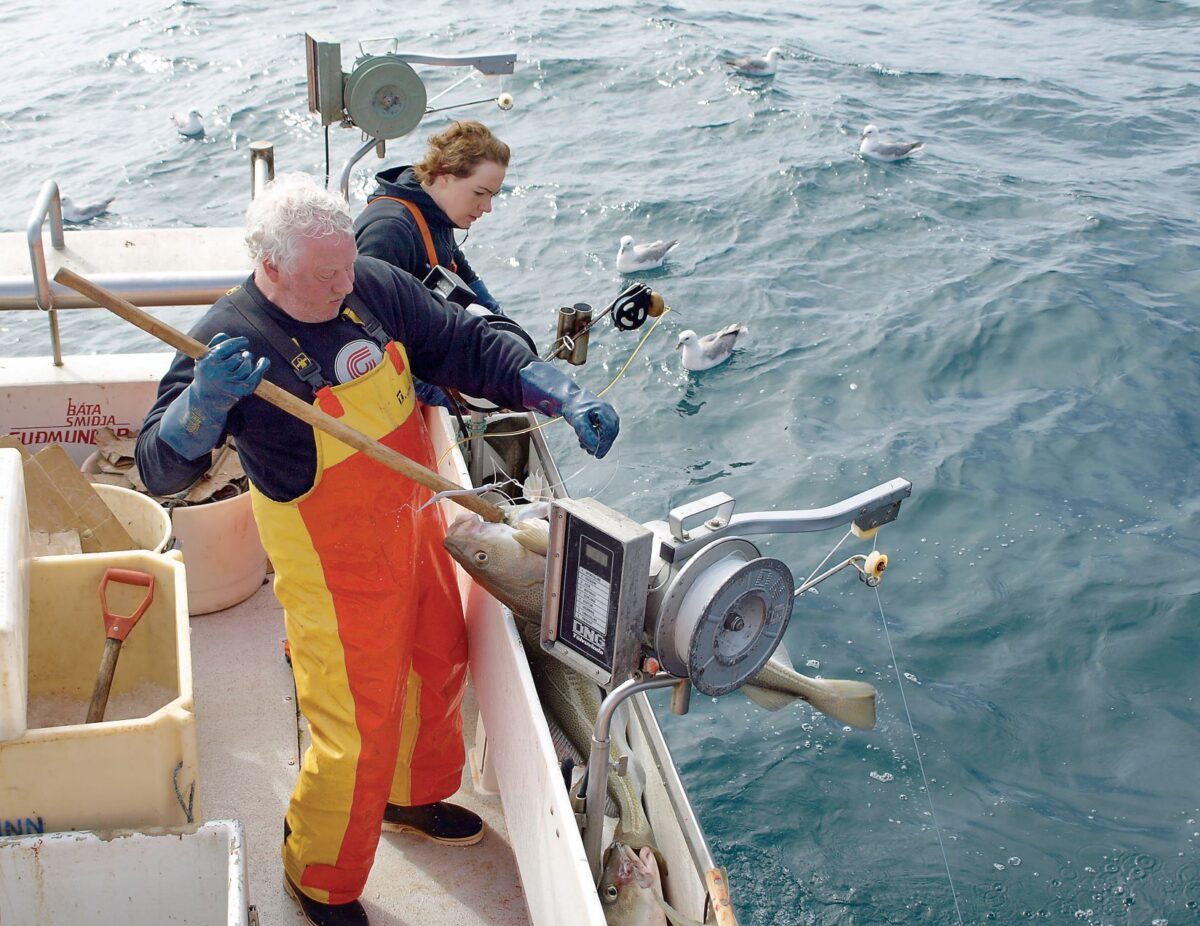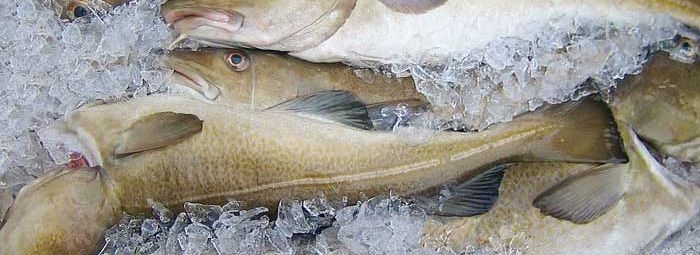Coastal fisheries in the North Atlantic / Small boat fishing in the North Atlantic
Coastal fisheries are an important part of the North Atlantic marine sector and a vital part of a successful regional development in the area. This report provides an overview of the coastal sectors in the Faroe Islands, Greenland, Iceland, Norway and Newfoundland & Labrador, summarizing the key issues that affect the sectors in each country and the contribution of the fleets towards their national economy and the micro- & macro societies. The report addresses how fisheries management in each country affects the coastal sectors, but there are strategies in place in all of the countries that favor the coastal fleet in one way or another. The report also provides an overview of the fleet structure, catch volumes, catch values, fishing gear, regional distribution of landings, employment and operational environment in the sectors of each country. In 2013 the N-Atlantic coastal fleet consisted of 17 thousand vessels and provided full time employment for 18 thousand fishermen. In addition there are a considerable number of fishermen that have coastal fisheries as a secondary source of income or as a hobby and. The sector also produces a large number of jobs in processing and supporting industries. It can therefore be estimated that the N-Atlantic coastal fleet provides livelihood for at least 50 thousand families, which are primarily located in small fishing villages were the communities rely heavily on the sector for survival. Total landings of the N-Atlantic coastal sector in 2013 amounted to 680 thousand MT, valued at 815 million EUR. The report though clearly shows that the N-Atlantic coastal sector is highly fragmented, not only between countries but also within individual countries. The vessels range from being very modest old-style dinghies that fish few hundred kilos a year to industrialized state-of-art fishing vessels that catch up to two thousand tonnes of fish a year, which can be valued at over 4 million EUR. The N-Atlantic coastal sector is an important part of the Nordic marine sector and will continue to be so. The fleet has though been going through big changes in recent years, where the number of vessels and fishermen have been decreasing significantly. Big part of the fleet is struggling to make ends meet and recruitment of young fishermen is very limited. A relatively small part of the sector is though running profitable businesses and providing high paying jobs. This is the part of the fleet that accounts for majority of the catches and has invested in new vessels, gear, technology and quotas. It seems unavoidable that this optimization will continue with the coastal fleet consisting of fewer, better equipped and more profitable vessels.
Small boat fishing and related industries are an important part of the fishing industry and other ocean-related activities in the North Atlantic. The industry is also very important for rural development in the area. This report seeks to provide an overview of the small boat fleet in the Faroe Islands, Greenland, Iceland, Norway and Newfoundland & Labrador (NL), which summarizes the main factors that affect the industry in each country, the development of the fleet in recent years and how the industry affects the national economy and local communities. The report discusses in particular how fisheries management and various other government measures affect the small boat sector. However, in the countries covered by the report, the authorities seek to support small boating with various laws and regulations that favor small boats in one way or another. The report also provides an overview of size and composition, catch and catch value, fishing gear, geographical distribution, job creation and operating conditions of the small boat fleets in the aforementioned countries. In 2013, the small boat fleet in the North Atlantic * consisted of about 17 thousand boats and 18 thousand full-time fishermen. In addition, there were a significant number of people who worked part-time or part-time as sailors. The small boat fleet also created a large number of jobs on land in the processing of catch and in various supporting industries. It is estimated that at least 50,000 families in the North Atlantic * make their living from fishing, processing and servicing the small boat fleet. Most of these jobs are in maritime communities that rely heavily on the small boat fleet. The total catch of the small boat fleet in the North Atlantic * in 2013 was 680 thousand tonnes and the catch value was about 815 million Euros (about 130 billion ISK at current prices), but Iceland's share in these figures was about 13% of catch volume and 16% of catch value. However, this report shows that the small boat fleet in the North Atlantic is very diverse, both between countries and within countries, i.e. Boats can range from old-fashioned chillers that catch just a few pounds a year to state-of-the-art speedboats that catch up to 2,000 tons a year. The small boat fleet in the North Atlantic plays an important role in the fisheries sector in the area and will continue to do so. However, the fleet has changed considerably in recent years, as the number of boats and fishermen has decreased significantly. A large part of the fleet is operating at a loss and recruitment to the small boat fleet is limited. The relatively small proportion of the fleet, on the other hand, is run with good profits and creates well-paid jobs. This part of the fleet is behind the majority of the catch and is also the part that has invested in new boats, fishing gear, technology and fishing permits. It seems inevitable that this rationalization will continue within the small boat fleet in the North Atlantic, i.e. to reduce the number of ships, but the remaining ones are larger, better equipped and return more profit to the owners and crew.









